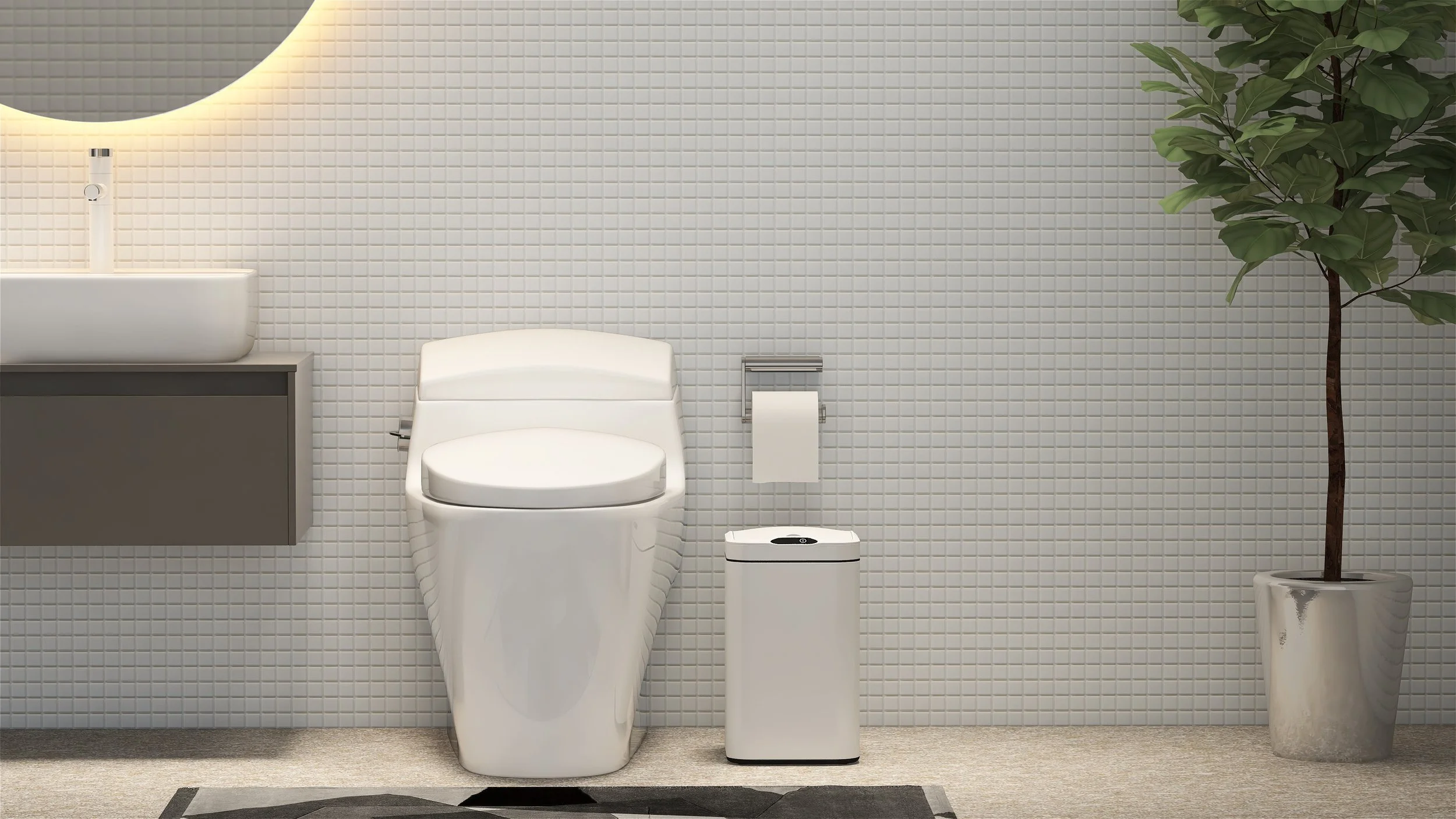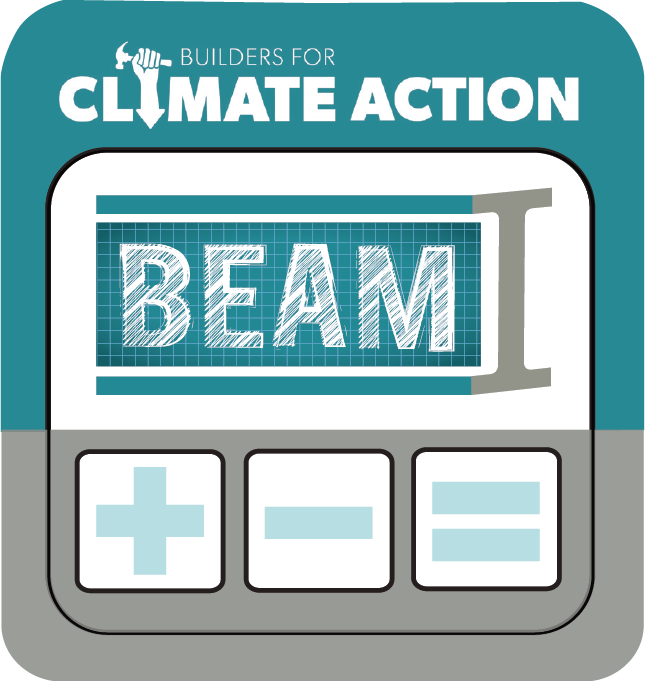Water conservation...by the flush
What’s Your Number
By Dan Kolbert
THE NOW-ICONIC IMAGES OF THE HISTORIC Willard Beach fishing shacks floating away in the huge storm surges this past January illustrate one of the many contradictions and complications of the climate crisis: As sea levels rise, we are seeing much wetter weather, as well as increasing intrusions of ocean water into our freshwater aquifers. Therefore, our apparently wetter future may be combined with a shortage of potable water.
This month’s number is 1.6. That’s the maximum gallons per flush (gpf) mandated for toilets under both the 2015 and 2021 International Residential Code (IRC), the building codes currently in effect in Maine. The rule limiting gallons per flush, though, goes back to 1992, when the federal government enacted it nationwide as a water-saving measure. The older among us may remember the massive tanks of our youth—up to 4 gallons per flush! Early water-saving measures included putting bricks or bottles of water into tanks to reduce the water used with each flush.
Then came “low-flow” toilets. Unfortunately, many of the early models were, in a word, crappy. Many took multiple tries to flush solids, eliminating any potential savings. Various ways of increasing the pressure of the smaller amount of water, including mechanical means like compressed air or tiny motors, have mostly, well, eliminated the problems. In fact, water consumption keeps decreasing. California, with its never-ending water crisis, mandated 1.28 gpf toilets starting in 2016. You can buy toilets down to 1.0 gpf. And of course, there are dual-flush units that allow the choice between (#1) a smaller 0.8-gallon flush, or (#2) a full 1.6-gallon flush. And, for the determined few, there are composting toilets, which typically use no water.
As with many other consumption metrics, the United States is high on the list. There are various ways to measure water usages, but most metrics put us near the top of the list globally for per capita water use. The U.S. Environmental Protection Agency (EPA) estimates domestic consumption at 82 gallons per day per person, or about 300 gallons per household. It turns out that the two greatest consumers of water are thermoelectric power (which uses water both to cool equipment and to produce steam for turbines) and agriculture (for irrigation). Combined, those account for more than ¾ of the total. The public supply (used in homes for plumbing, drinking, watering the lawn, etc.) is about ⅛ of the total, or 12%—far from insignificant. Of that public supply of water, our toilets are the biggest culprits, estimated at just over ¼ of total water use. The other significant water consumers are showers (17%), washing machines (21%), and general faucet use (16%). Leaks also come in at an astounding 14%, according to the same EPA statistics.
Toilets are obvious places where we’re flushing fresh water down the drain. However, building code mandates flow rates for other fixtures as well, and those haven’t changed in recent editions either. Table P2903.2 of the IRC says faucets in both bathrooms and kitchens are limited to 2.2 gallons per minute (gpm) at 60 psi, and shower heads to 2.5 gpm at 80 psi. Unfortunately, the rule applies to each shower head, rather than total, so some manufacturers get around it with absurd “body spray” showers with six or more heads above and on the walls shooting horizontally. Washing machines are also among the top consumers. Front-load units use less about 50% less water than top loading models, and running larger loads is another good way to lower consumption.
There is a water equivalent to the ENERGY STAR certification—the WaterSense label. Both are administered by EPA, and both are designed to help consumers identify efficient fixtures and appliances. The WaterSense site says that labeled products “are 20 percent more water efficient than average products in that category,” while at the same time they “perform as well or better than their less efficient counterparts.” Look for faucets, toilets and shower heads with the WaterSense label.
Statistics show that Americans have been using less water every year. The U.S. Geological Survey looked at consumption from 1950 to 2015 and found, amazingly, total water consumption in the United States peaked in 1980, despite the population growing by 45% in the subsequent 35 years. This is thanks to many factors, including changes in domestic consumption thanks to more efficient fixtures and appliances, as well as power generation: natural gas plants require far less cooling than coal or oil.
As with much else in the natural world, we have over-consumed our fresh water and the bill is coming due. Fortunately, unlike other parts of the puzzle, with water we’re already heading in the right direction.
Read More: What’s Your Number?
This article appeared in the Spring 2024 edition of Green & Healthy Maine HOMES. Subscribe today!
Find Maine experts that specialize in healthy, efficient homes in the Green Homes Business Directory.













